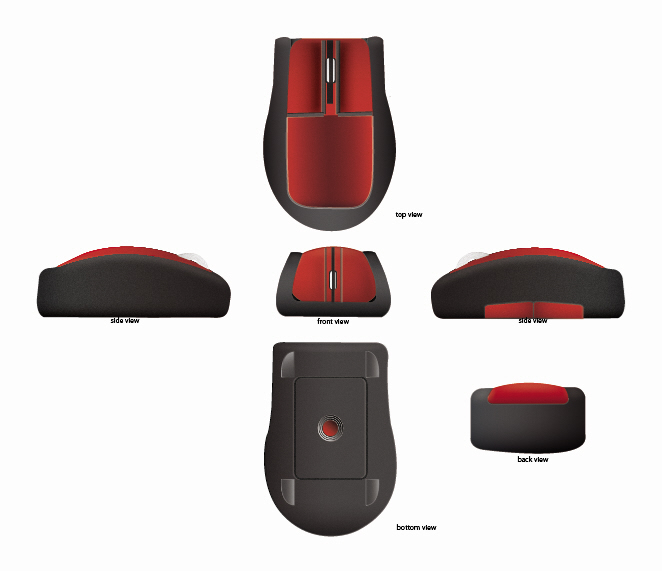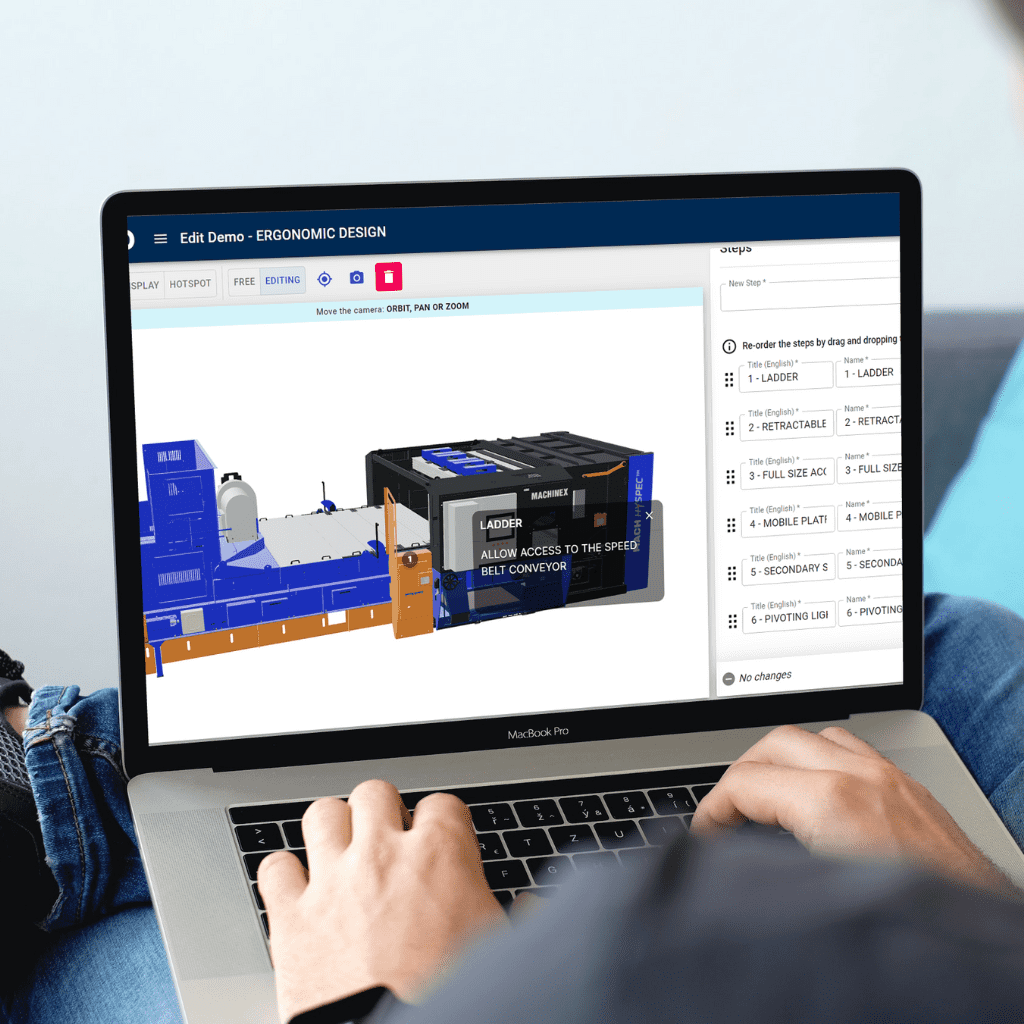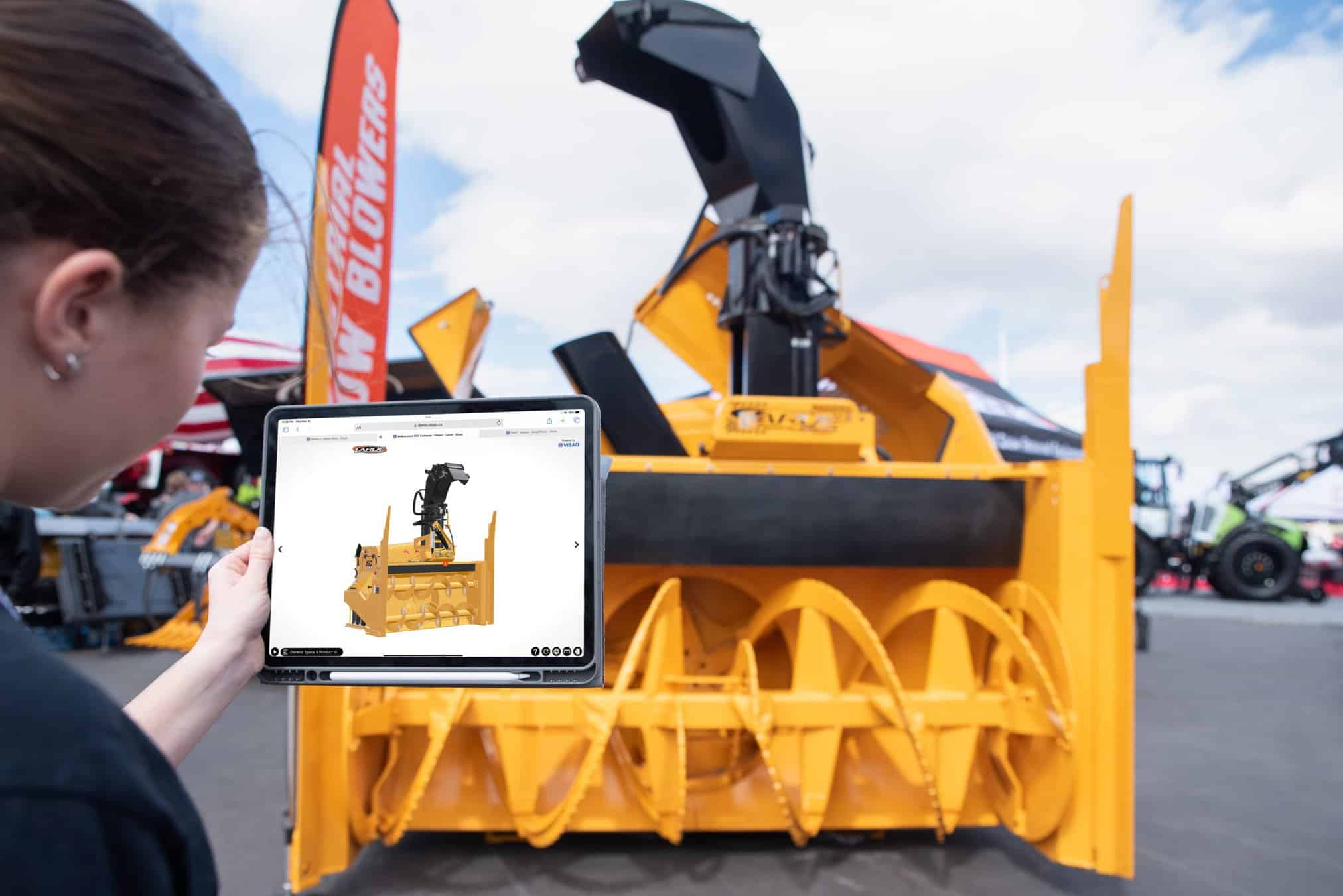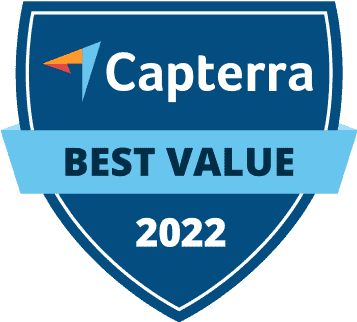In today’s fast-paced and visually-driven world, product visualization has become an excellent tool for businesses across various industries. The ability to showcase products in a captivating and immersive manner has transformed how companies design and sell their offerings.
One such powerful technique that has revolutionized product visualization is 3D visualization. By harnessing the capabilities of 3D technology, businesses can boost their conversion rates by an impressive 250%, providing a significant competitive advantage in the market.
In this blog post, we delve into the transformative impact of 3D visualization and its potential to elevate your brand, website, ecommerce strategy and product presentation to new heights.
Understanding Product Visualization
Defining Product Visualization and Its Role
Product visualization is the process of creating visual representations of products to communicate their design, features, and functionalities. It serves as a powerful tool, in forms including renders and interactive 3D models, for showcasing products to potential and present customers, stakeholders, media, and even internal teams.
Through static renders, product visualization provides a visual representation of the product, enabling a deeper consumer understanding and connection.
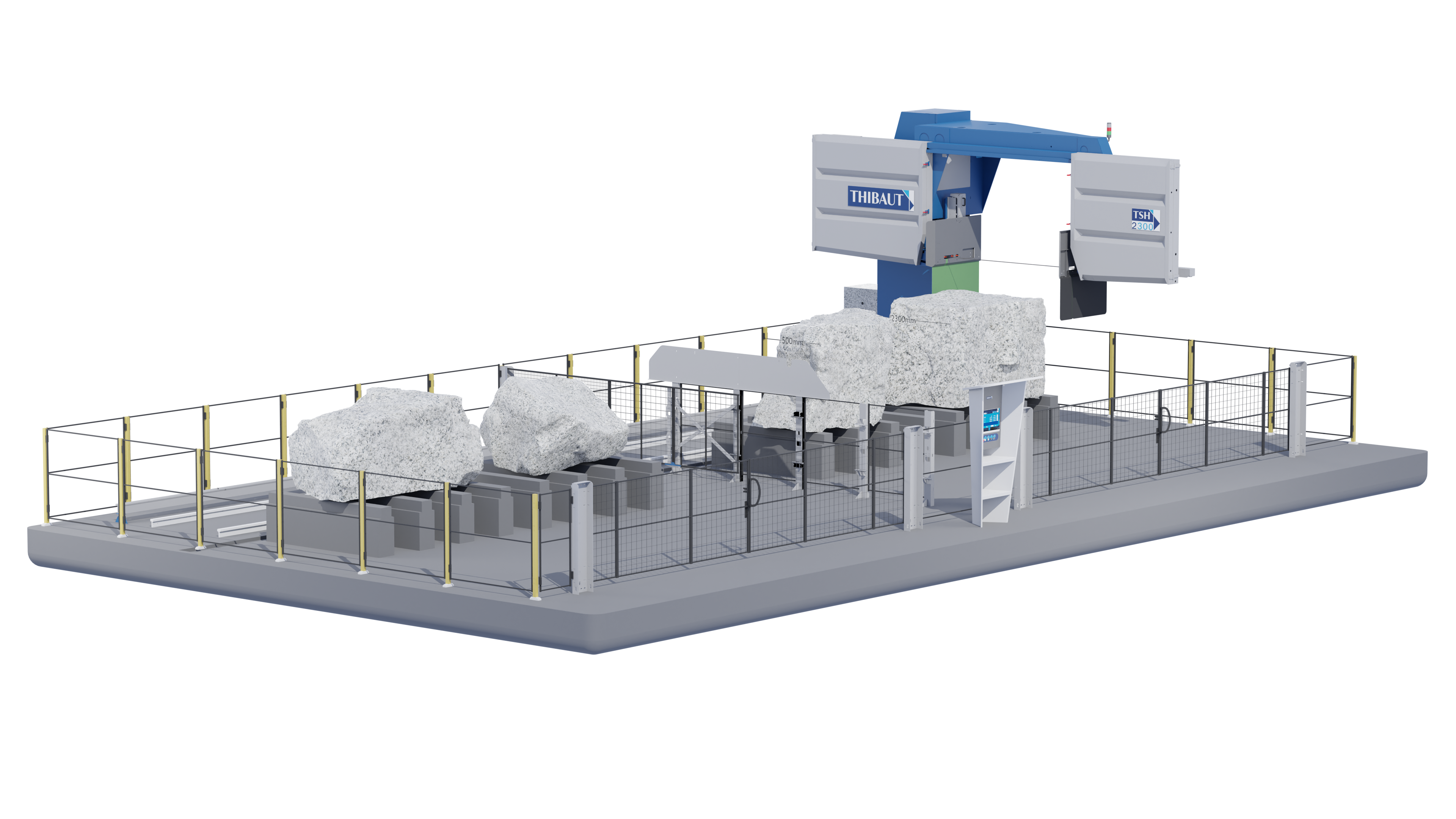
On the other hand, interactive 3D product visualization takes it a step further, allowing users to interact with a virtual model, explore its various components, customize it with different colours, and experience its functionality firsthand.
Both static renders and interactive 3D product visualization play a vital role in enhancing communication and decision-making processes by enabling a more immersive understanding of the product.
Benefits of Utilizing 3D Visualization Techniques
When it comes to product visualization, 3D techniques offer numerous advantages. Firstly, 3D visualization allows for the creation of highly realistic and detailed representations of products, capturing every aspect with precision.
This level of realism enhances the ability to communicate the product’s functionality, and unique features, resulting in an engaging experience with better consumer engagement and comprehension.
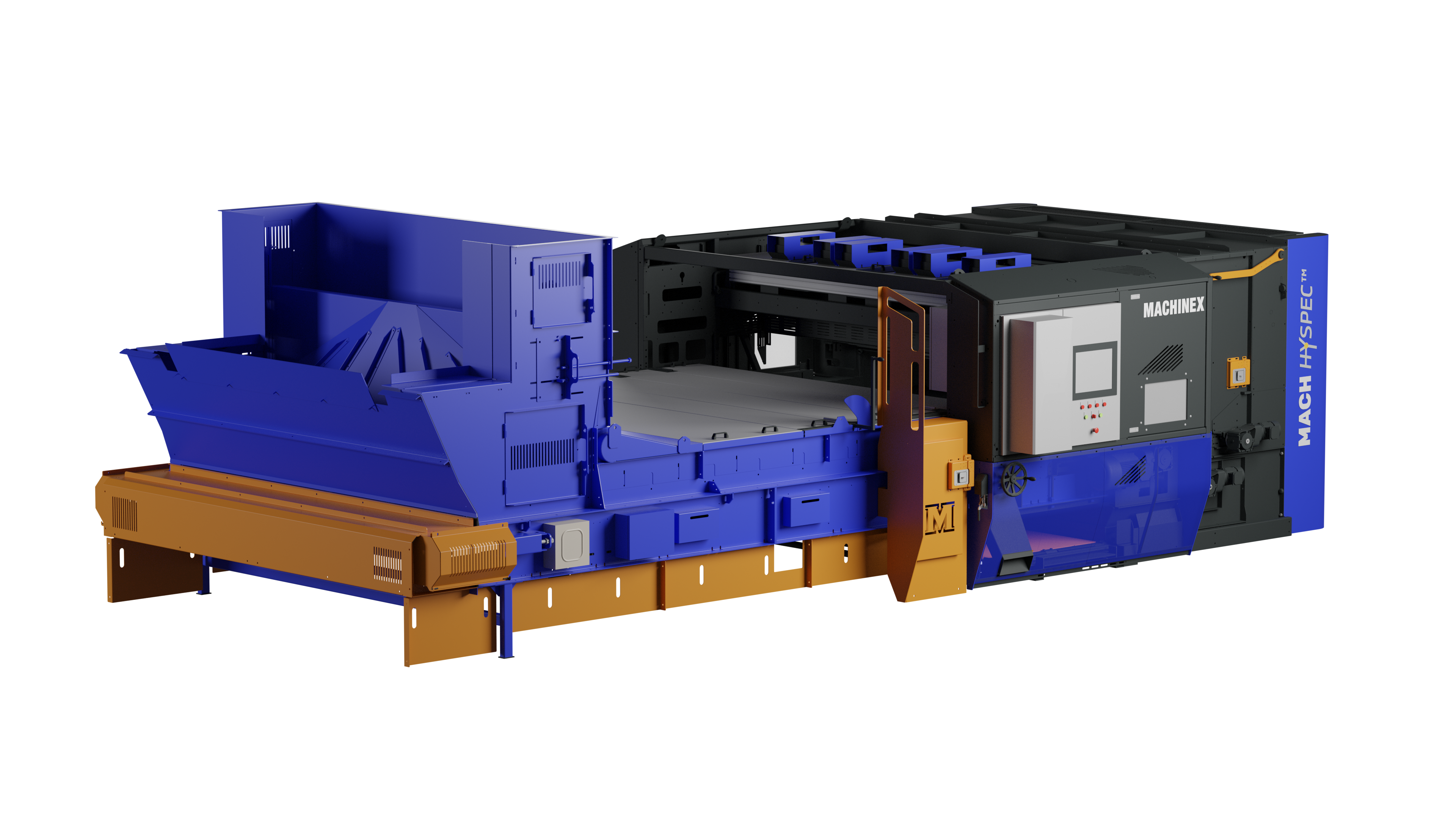
Furthermore, 3D visualization enables interactive experiences, where viewers can explore the product from different angles, manipulate its components in multiple ways, customize it or even visualize it in various environments.
Additionally, 3D visualization facilitates quick iterations, allowing for faster design iterations and reducing costs associated with physical prototyping.
Difference Between 2D and 3D Product Visualization
While 2D product visualization has its merits, 3D visualization takes it to a whole new level. 2D visualizations, using images such as photographs or flat illustrations, provide a static representation of the product, limiting the viewer’s ability to understand its form and functionality fully.
On the other hand, 3D visualization also offers users a three-dimensional representation that can be viewed from any angle, providing a more comprehensive and realistic sense of portrayal.
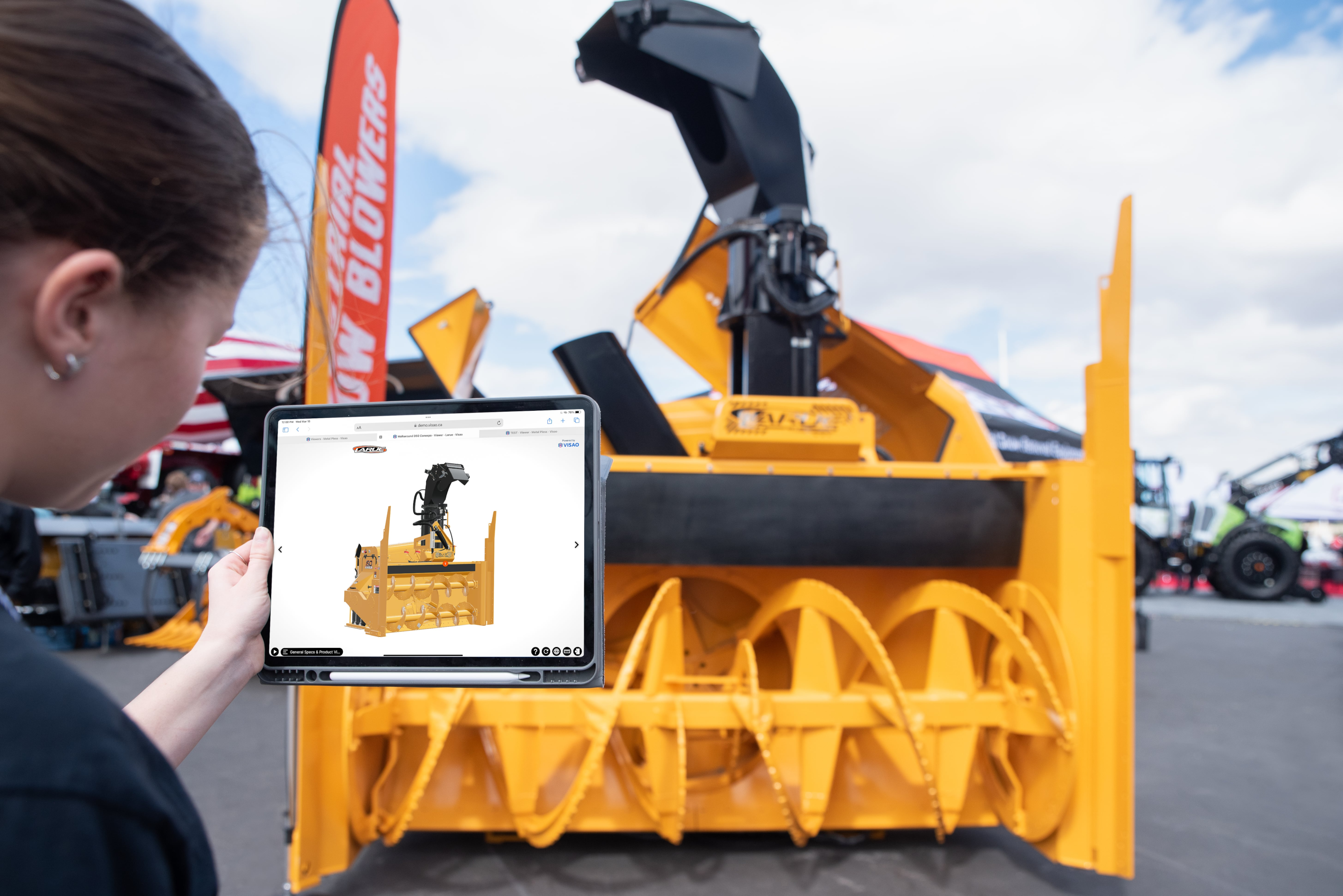
Exploring the Applications of 3D Product Visualization
Enhancing Product Design
3D product visualization revolutionizes the product design process by offering a dynamic and cost-effective solution.
With 3D visualization, designers can bring their concepts to life without the need for expensive physical prototypes.
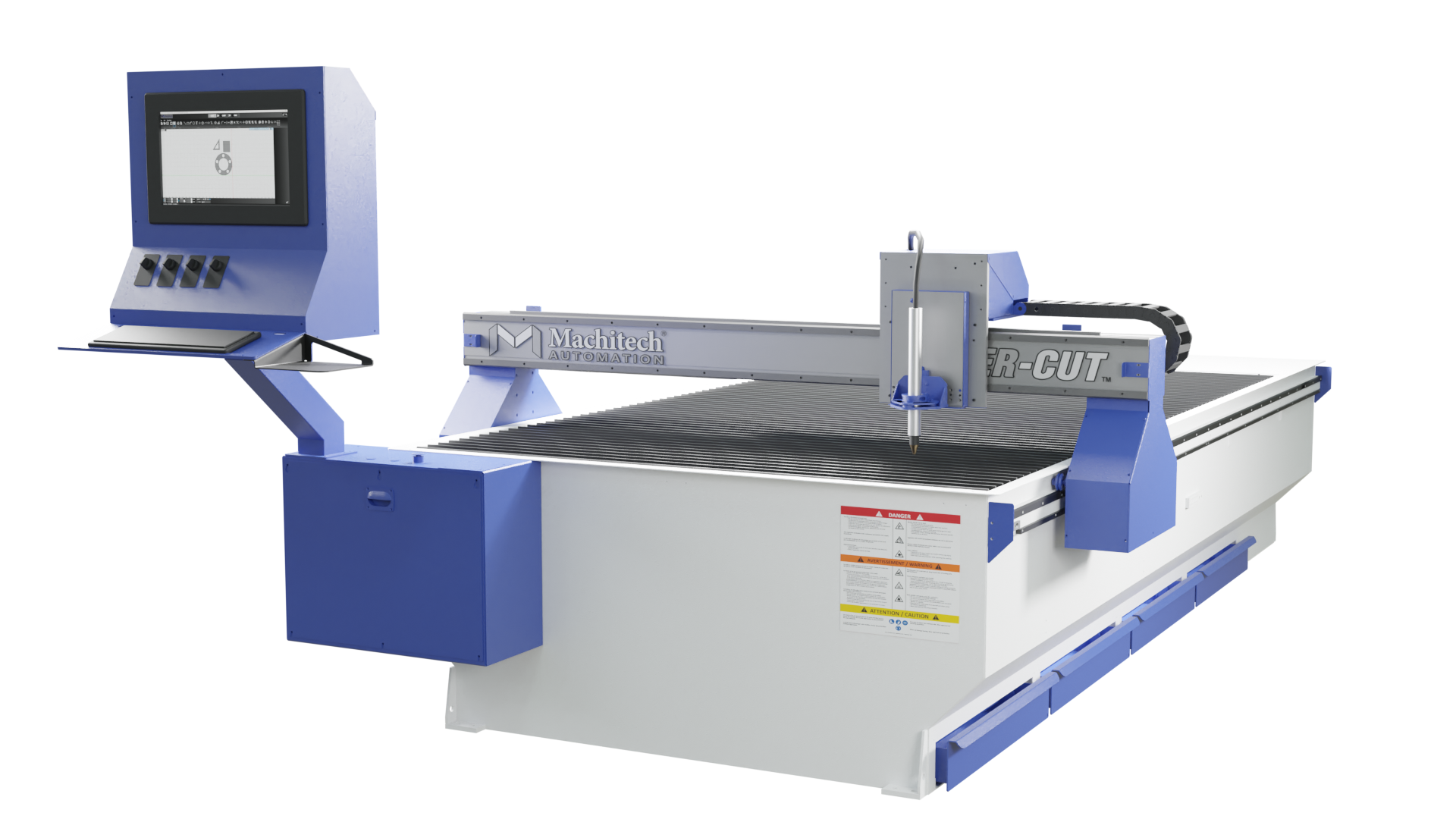
The ability to see a prototype come to life through 3D visualization empowers designers to refine and optimize their designs before moving forward, ensuring a more efficient and successful product development cycle and end result.
Visualizing for Marketing & Customer Experience
With 3D visualization, you can visualize products that can enhance your company’ brand and online presence ( think product pages!), engage viewers, and convey your product’s value proposition more effectively, leading to increased customer engagement and improved marketing results.

What about augmented reality?
With augmented reality becoming increasingly popular, some 3D viewer software providers, like Visao, offer augmented reality capabilities to make brands deliver truly immersive and persuasive experiences.
The real life impact of these interactive 3D experiences on marketing effectiveness is substantial, with studies revealing an impressive 40% increase in conversions compared to traditional visuals.
Want to learn how our client brought their tradeshow experience to another level?
Visualizing for Sales
In the sales realm, the power of visualization takes center stage, aiding customers in visualizing products and making well informed purchasing decisions.
By presenting products in a realistic and interactive manner, sales representatives can effectively showcase features, demonstrate functionality, and address customer concerns.
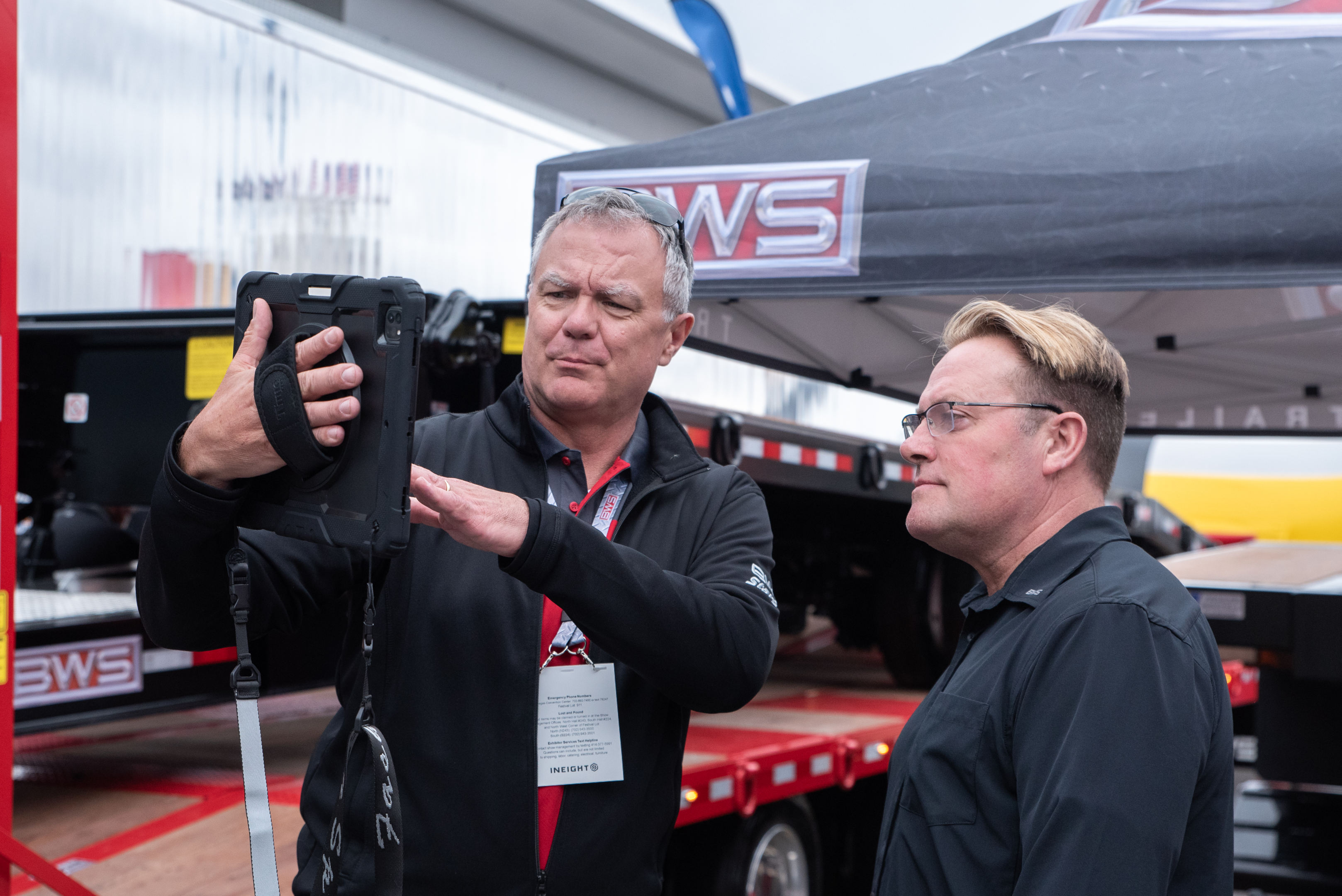
Notably, studies reveal that an overwhelming 95% of consumers prefer interactive 3D experiences over video playback, emphasizing the immense impact of interactive media visualization in driving successful sales outcomes.
Visualizing for After Sales
Beyond the point of sale, 3D visualization continues to be a powerful way to provide value in after-sales activities.
Instruction manuals and training materials can benefit greatly from 3D product visualization, as it enables users to understand the product’s assembly, operation, and maintenance procedures more effectively than PDFs and videos.
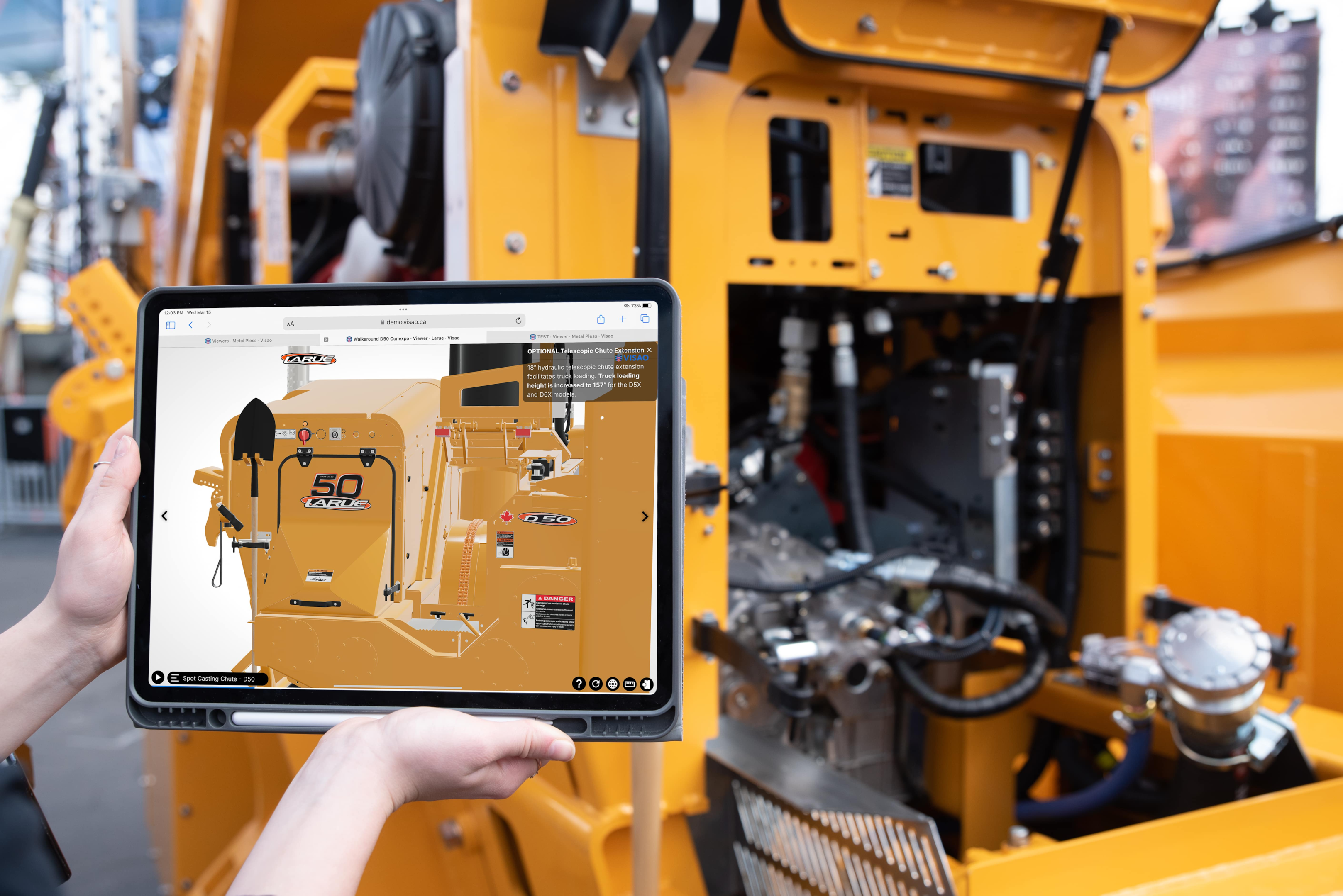
Read how our client Larue uses 3D for after-sales
The Different Types of Product Visualization Software Available
When it comes to visualizing physical products, there are several software options available to suit different needs.
Each type of software offers unique capabilities and features for brands creating stunning visual representations of brands and products.
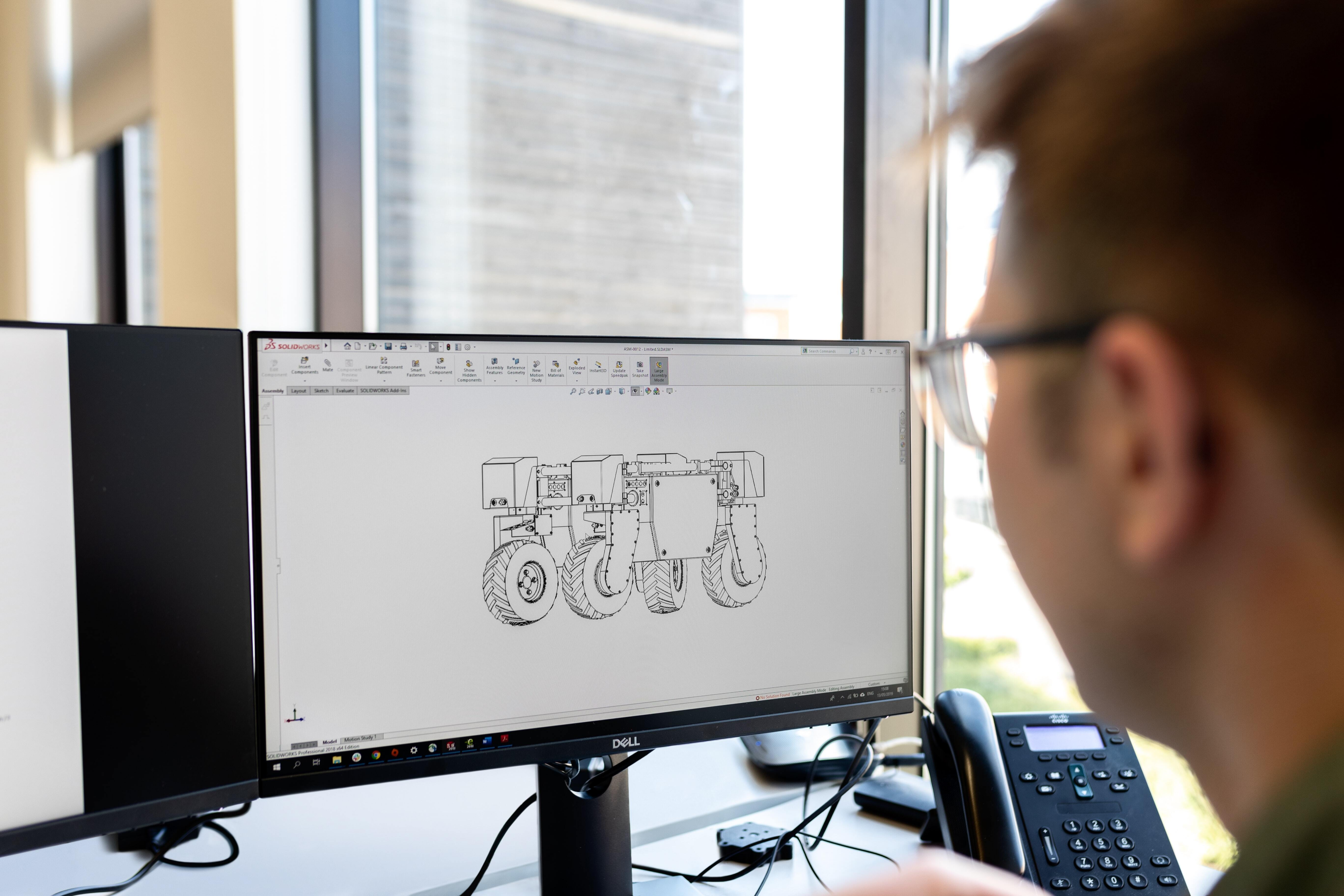
3D modelling software
3D modelling software empowers users to create, modify, and manipulate digital 3D models using a range of tools and features within CAD programs.
3D modelling software enables users to create digital 3D models by providing a set of tools and features to sculpt, shape, texture, and render objects in a virtual 3D space. Some popular 3D modelling software options include:
- Autodesk 3ds Max: A comprehensive 3D modelling, animation, and rendering software widely used in the entertainment and gaming industries.
- Blender: An open-source 3D creation suite that offers a wide range of tools for modelling, animation, rendering, and more. It is suitable for various industries and is favoured by many artists and designers.
- SketchUp: A user-friendly 3D modelling software that is popular among architects, interior designers, and product designers. It offers intuitive tools for creating and visualizing 3D models.
Rendering software
Rendering software transforms still images of 3D models into realistic images by simulating light, shadows, materials and textures, using complex algorithms to calculate and generate the final visual result. High-fidelity renderings can be created directly from most 3D modelling software.
3D visualization software
3D visualization software empowers users to generate dynamic and interactive 360-degree models of products based on uploaded CAD files from CAD software. This technology enables a comprehensive view of the product, supporting the addition of overlays and showcasing various animations.
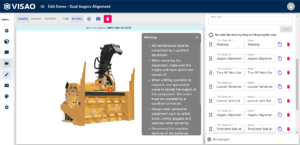
At Visao, our web-based 3D visualization software offers our customers seamless and speedy visualization of your products in stunning 3D detail, providing customers a streamlined customer experience.
Implementing 3D Visualization: Best Practices and Tips
Before starting a project
- Clearly Define Goals: Before starting the 3D visualization process, clearly define the objectives and goals you want to achieve. This will help guide the entire implementation and ensure that the visualizations align with your overall marketing and sales strategies.
- Choose the Right Provider: Select a product visualization software that suits your specific needs and provides the required features and functionalities. Consider factors such as ease of use, compatibility with existing 3D drawings, and the ability to create realistic and high-quality visualizations.
- Gather Accurate Product Data: Ensure that you have accurate and detailed product data, including dimensions, materials, textures, colours and a general storyboard of what you want to visualize. This information will be essential in creating accurate and realistic 3D product models.

During the project
- Pay Attention to Detail: Focus on capturing the intricate details of the product, such as textures, reflections, and shadows. These elements contribute to creating a visually appealing and realistic 3D model.
- Optimize Rendering Settings: Experiment with rendering settings to find the optimal balance between quality and rendering time. Adjust parameters such as lighting, material properties, and image resolution to achieve the desired visual effects.
- Test and Iterate: Conduct thorough testing of the 3D product models to ensure they meet your expectations. Solicit feedback from various stakeholders and make necessary iterations to improve the visualizations.
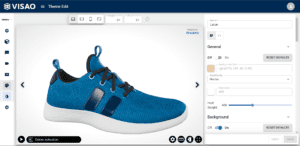
Addressing Common Challenges
- Complexity of Product Models: Complex products may pose challenges in terms of modelling and product renderings. Break down the product into manageable components and prioritize key features that must be highlighted in the visualization.
- Time and Resource Constraints: Creating high-quality 3D visualizations can be time-consuming and resource-intensive. Consider outsourcing certain aspects of the process to specialized providers who can deliver efficient and professional results.
- Technical Compatibility: Ensure that the 3D visualization software and models are compatible with different platforms and devices. Test the visualizations on various devices to ensure optimal performance and user experience.

Curious about using our platform?
Discover the ease of creating 3D viewers with Visao’s online platform! Our new whitepaper proves just how easy it is – even for employees with no 3D experience. Don’t just take our word for it, see for yourself!
Conclusion
To wrap it up, the power of 3D product visualization cannot be overstated in today’s competitive business landscape. It opens doors to captivating design presentations and product visuals, engaging marketing campaigns, and streamlined production processes.
As you venture into the world of 3D visualization, remember that Visao is here to support you every step of the way.
Embrace the potential of 3D visualization, and let Visao be your trusted business partner in achieving visual excellence and business success.
